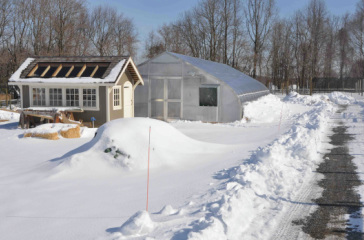
WALLS AND SLOPES
In vineyards growers either chose, or made, productive land slope south to receive the maximum amount of sun's rays -- ideally the sun should fall at right angles to the soil for as long as possible. Growers chose well-drained soil which heats up faster and made sure vines are protected from fog, damp and frosts. Slopes can also affect rainfall, with 50% less falling on a leeward side of a slope than the windward side. Historically gardens were walled for shelter, sometimes the walls themselves were screened by a belt of trees. To maximize temperatures, it's important to maximize south-facing walls, hard paving and gravel which will encourage absorption of the sun's rays and keep radiating them through the evening and night.
WATER
Damp affects soil temperature dramatically, as water removes heat from the surroundings as it evaporates -- when we lived in Las Vegas we followed the locals and installed a pergola over a patio, with a mister system attached to the beams overhead. The temperature drop under the misters was dramatic, over 20F in the heat of the summer. In a garden temperatures can vary over 15F between hot spots and damp shady spots.
Water can also insulate, fruit growers in orchards mist early-flowering crops when frost is predicted as the ice forms an insulating layer over flower buds and prevents the cells from freezing. The thermal inertia of water also helps -- it takes a long time to heat up and cool down so it is still radiating warmth after the rest of the garden has cooled. This property can also be used in greenhouses and polytunnels, placing buckets of water inside them can help nudge night temperatures up an all important degree or two at night.
COVERS
The fastest way to change a micro climate is by using covers. Early in the winter we recorded minimum night temperatures in our polytunnels prime 14F higher than outside it. It helps to leave snow on top of the tunnels (great insulation) but remove it from the south-facing side to capture the sun's heat. We've abandoned our polytunnels and cold frames at this point, partly because of the wind, but also because as a rule at 3am the temperature under glass or polythene, inside or out, is similar. You extend the crop season in fall and spring inside them because the daily thermal gain is higher, and the long-wave radiation emitted from the ground at night is retained to an extent by the cover, the amount varying with the insulating quality of the material. When the snow melts in early spring we'll start covering the vegetable beds before sowing. Interestingly, research has shown that clear polythene heats the soil roughly 4F more than black polythene or any other cover tried.
WIND CHILL
I thought this was a major factor in cooling, but was surprised to learn that the primary way wind cools is by evaporation, and wind will never cool below the ambient temperature. That said, plants usually grow better in sheltered conditions, and hedges and shelter belts are a top priority when developing a windy site.

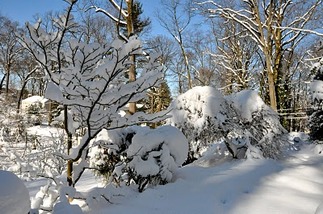
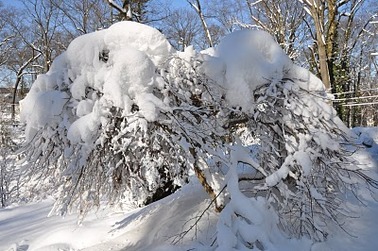
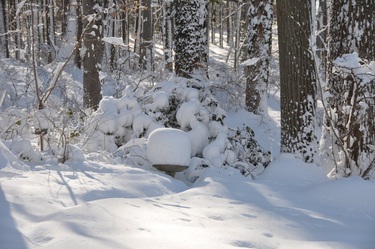

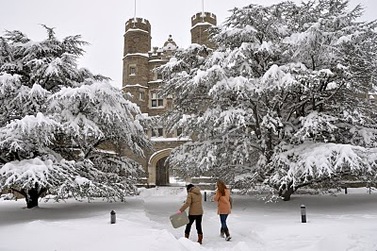

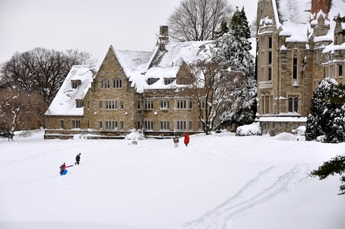


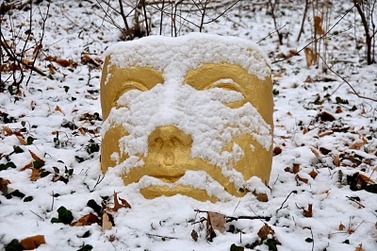
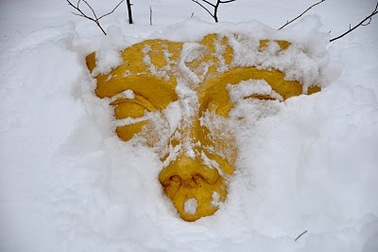

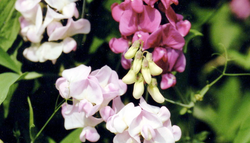
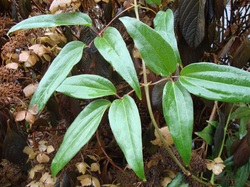

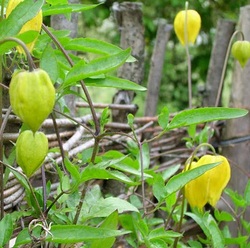


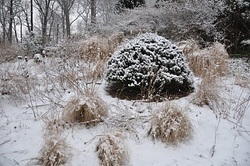
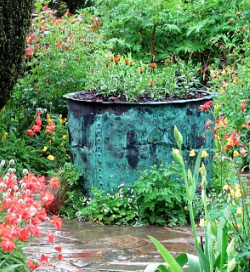

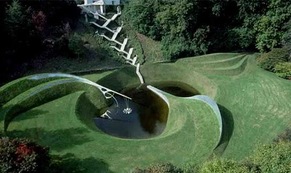
 RSS Feed
RSS Feed
